Our Vision: A Place Where No One Is A Stranger
In a world where isolation is common and people often feel unseen or alone, we believe life is meant for deep connection and belonging. Our vision is to see all people discover the depth of love and meaning found in right relationship with God and one another. Compelled by the love of God, we resist the idea of 'outsiders' because Jesus gave of Himself on the cross so that all who follow Him can be welcomed into His family. You are seen, you belong – because here, truly, no one is a stranger.
OUR HISTORY
Christian Life Community was planted in July of 1992 as a small home group. On January 17th, 1993, our new community “went public” and began meeting in the Chapel of Summit Pacific College in Abbotsford.
In 1995 we moved to Abbotsford Christian Secondary School after outgrowing the Chapel.
In 2002, CLCC purchased and subdivided land in order to construct a new facility, the Creekside Centre, on 35131 Straiton Road, where we continue to worship, serve, and grow to this day.
OUR VALUES
Formed by God's Word
We commit to learn and follow the teachings of Jesus for our identity and purpose. We dedicate space to study scripture, devote ourselves to prayer and other spiritual practices so that we can discover the depths of God’s love for us and embody his image.
Led by God’s Spirit
The Holy Spirit is available and present to all who believe in Christ. We will risk being obedient in how He leads us to play our part in spreading the good news of Jesus and His kingdom.
Hospitable to Everyone
We were once slaves to sin, but now we are sons and daughters of the most high God! Having embraced the invitation of Jesus, we keep our lives open to the people around us. We think the best of people, and are on the lookout for the best ways to bring them into the family of God.
Committed to Community
We accept that we are best when we live interdependent with one another rather than as individuals. We look to share, learn, celebrate, submit to and partner with each other as we seek the will of God together.
Engaged in the World
We are meant to be active contributors in the world around us. Rather than being passive, we give of ourselves to be present and productive where we are needed. We pay attention, looking for opportunities to use the gifts and wisdom God has given us for the good of all.
Giving it our Best
We will develop and sustain a work ethic that the gift of grace we have received deserves. God has given us his best, we aim to do everything in kind. We know that God is blessed by our cheerful and willing obedience, and we are optimistic that God responds favourably to those who live faithfully in this way.
CORE BELIEFS
God is the Creator and Ruler of the universe. He is one in nature, essence and substance and has eternally existed in three persons: the Father, the Son and the Holy Spirit. These three are co-equal and are one God.
Genesis 1:1, Exodus 20:11, Isaiah 45:18, Nehemiah 9:6, John 10:30, Colossians 1:16; 2:9, 1 John 5:7, Revelation 4:11
The Bible is God’s Word to all people. It was written by human authors under the supernatural guidance of the Holy Spirit. Because it is inspired by God, it is truth and without error in the original manuscripts. Today we possess authoritative copies that serve as our supreme source of truth for Christian beliefs and living.
Psalm 110:160, Isaiah 40:8, John 1:1; 17:17, Colossians 3:16, 2 Timothy 3:16-17, Hebrews 4:12
People are made in the image of God, to be like Him in character and are the supreme object of God’s creation. When the first couple sinned, they brought both physical and spiritual death to the human race. As a result, all human beings are born with a sinful nature, commit acts of sin in their lives and must be reconciled to God through faith in Jesus Christ.
Genesis 1:26-27, Isaiah 53:6, Jeremiah 17:9, Romans 3:23; 5:12, Ephesians 2:1-2;10
God, the Father, is an infinite, perfect, personal spirit who is sovereign over all. He mercifully concerns Himself with the details of each person’s life and He hears and answers prayers. He saves all who come to Him from sin and death.
Matthew 23:9, John 1:12, Ephesians 4:6, Hebrews 4:16, 1 John 3:1
Jesus Christ is the only Son of God. He is co-equal with the Father. Jesus was conceived by the Holy Spirit, born of a virgin, lived a sinless human life, performed miracles and offered Himself as the perfect sacrifice for the sins of all people by dying on a cross. He arose from the dead after three days and demonstrated His power over sin and death. He ascended to Heaven and will physically return again someday to Earth to reign forever as King.
Micah 5:2, John 1:14; 10:30; 14:9, 2 Corinthians 5:21, Philippians 2:5-11, Hebrews 2:17-18
The Holy Spirit is co-equal with the Father and the Son of God. He is present in the world to convict people of their need for Jesus Christ because of sin, unrighteousness and the judgment to come. He also lives in every Christian from the moment of salvation. He provides Christians with power for living, understanding of spiritual truth and guidance. He gives every believer spiritual gifts when they are saved. As Christians we seek to live under His daily leading.
Genesis 1:2, Isaiah 11:2; 63:11, Haggai 2:3-5, John 14:15-17; 14:26, Acts 1:8; 2:1-4; 2:38-39, Romans 8:26, 1 Corinthians 6:19
Everyone is in need of salvation. Salvation is God’s free gift extended to all, but each person must accept it. We can never make up for our sin by self-improvement or good works. Only by trusting in Jesus Christ as God’s offer of forgiveness can anyone be saved from sin’s penalty. When we turn from our self-ruled life and accept Jesus as our Lord and Saviour, we are saved. Eternal life begins the moment one receives Jesus Christ into his or her life by faith.
John 1:12; 3:16; 10:28-30; 14:6; Acts 16:31, Ephesians 2:8-9
Once we receive new life in Christ, we seek to demonstrate our love for God by obeying Him and following Him with all our heart, soul and mind. We constantly strive to grow in Christ empowered by the Holy Spirit and loving people as Jesus loved them.
Matthew 7:21-23; 16:24, Romans 12:2, 2 Corinthians 5:16-18, Galatians 2:20
The Bible speaks of the church as Christ’s body in which Jesus is the head and all of Christ’s followers are members. To remain healthy, the body’s members must work together, with each part contributing to each other’s growth and maturity. Since the Church represents Jesus Christ to a needy world, God works through the Church to reconcile a lost world to Himself and be His arm of righteousness in an unrighteous world.
1 Corinthians 12:12-31, Romans 12:3-8, Galatians 3:28, Ephesians 4:1-7
Baptism is the immersion of a believer in water as a one-time, symbolic, public demonstration of the invisible, inner work of God after a person receives new life through faith in Jesus. Communion is a continuing symbolic remembrance of Jesus’ death and sacrifice on our behalf. Jesus instructed believers to continue these practices until He returns.
Baptism – Matthew 28:19, Acts 2:38-41, Romans 6:4, Galatians 3:27, Colossians 2:9-15, 1 Peter 3:21
Communion – Matthew 26:17-30, Luke 22:19-20, Acts 2:46-47, 1 Corinthians 10:16-17
The Lord Jesus Christ will personally and visibly return to earth and establish His kingdom. Because people are created to live forever, there will be a resurrection of our bodies. People will either exist eternally separated from God in Hell by their sin and unbelief or in union with God in Heaven, through forgiveness and salvation that comes through faith in Christ. Heaven and hell are real places of eternal existence.
Genesis 48:4, Psalm 72:17, Ecclesiastes 3:11, Luke 12:5, John 6:68; 17:3, Hebrews 5:9
OUR TEAM
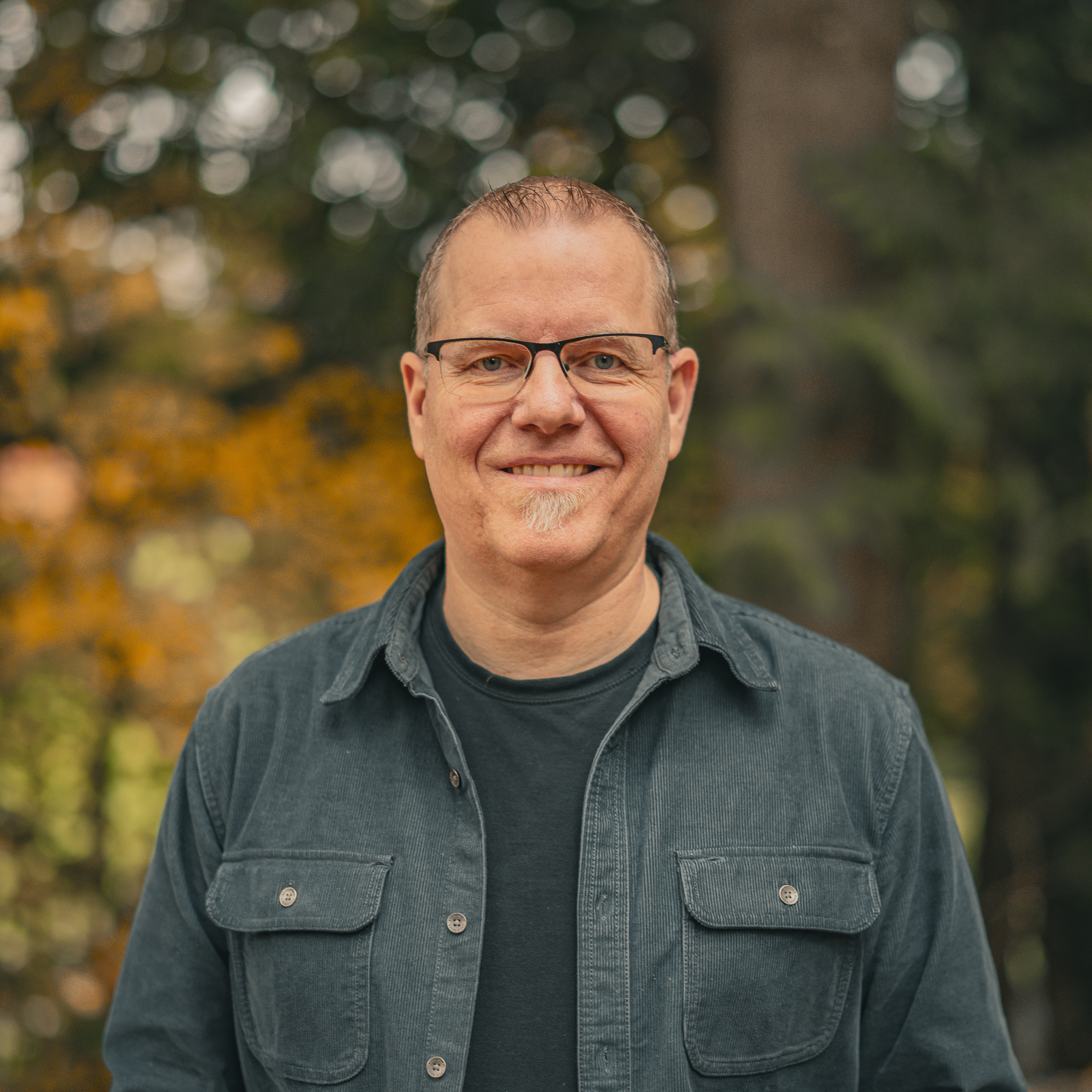
Jay McAlister
Lead Pastor

Phil Juthman
Associate Pastor

Bryce Edelman
Associate Pastor
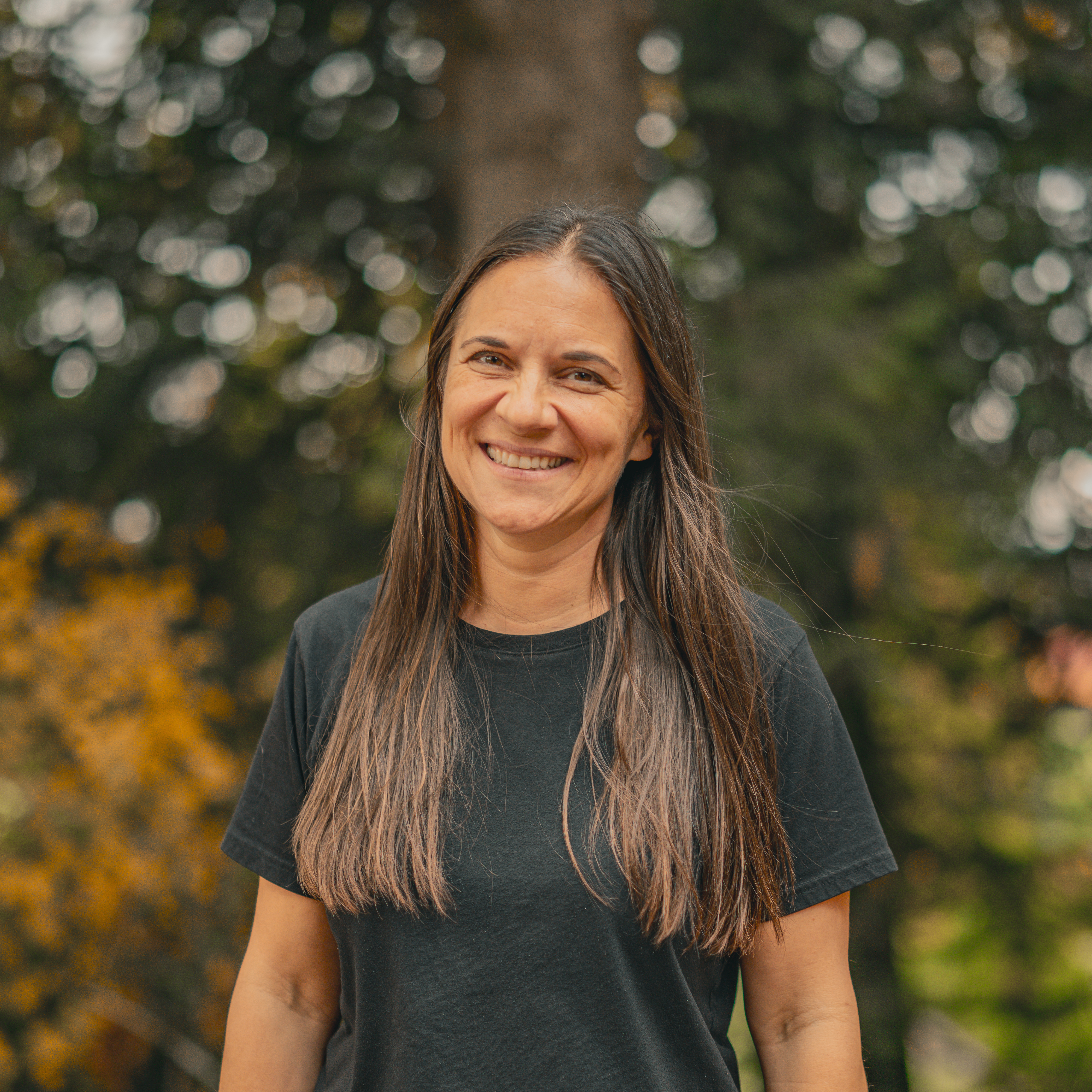
Jen Cal
Lead Worship Pastor
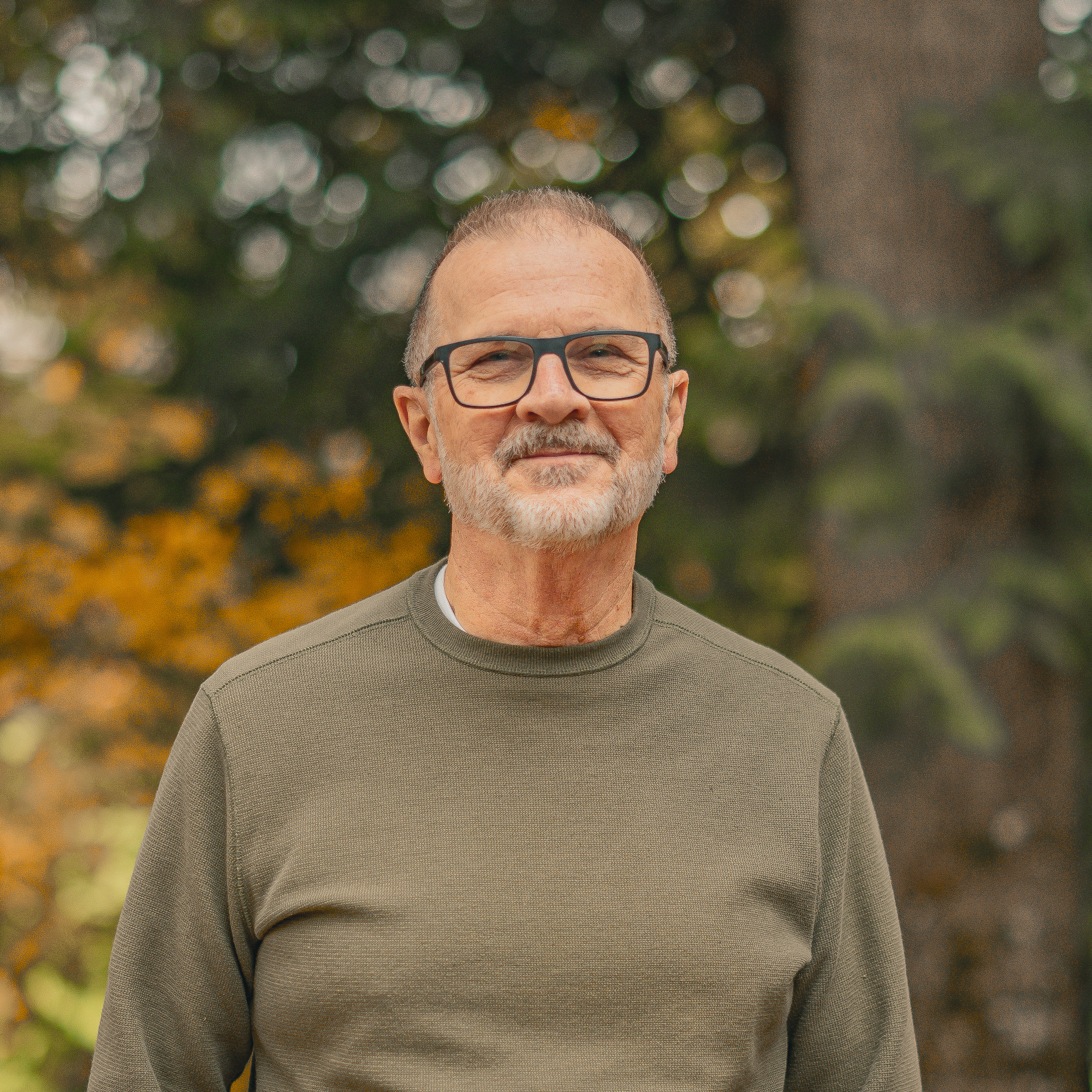
John Wyness
Legacy Pastor
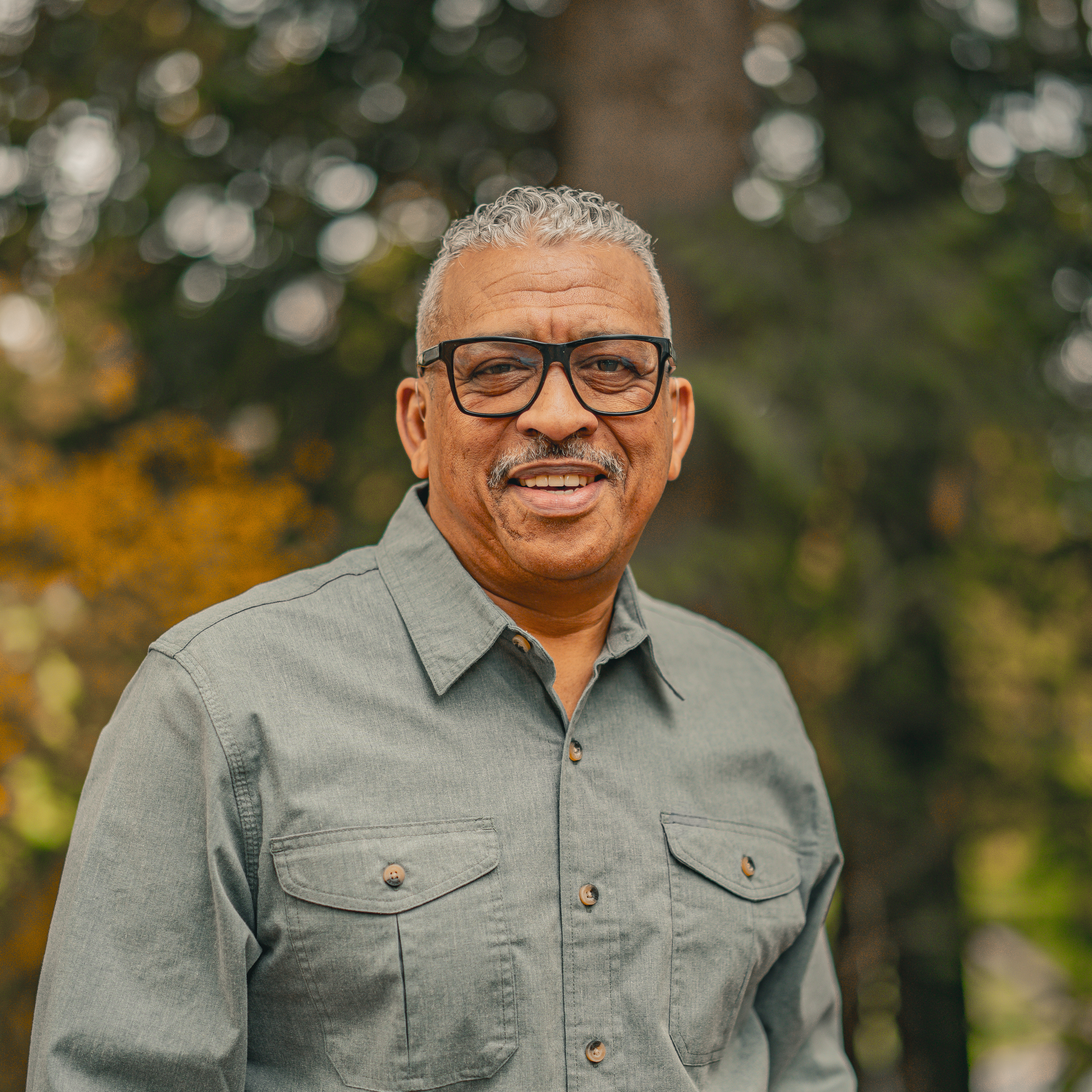
Raymond Robyn
Connections Pastor
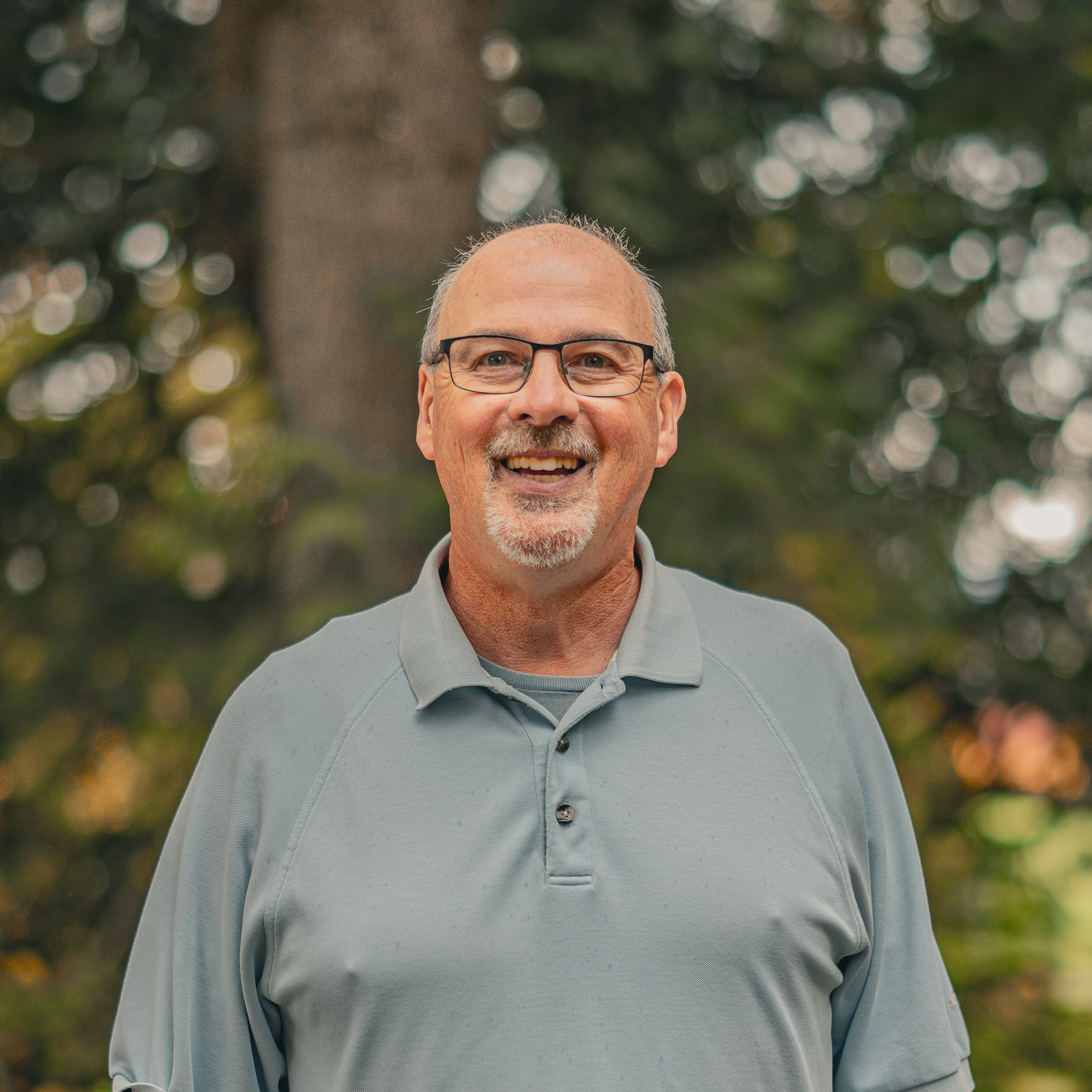
Douglas Pankratz
Interim Children's Pastor
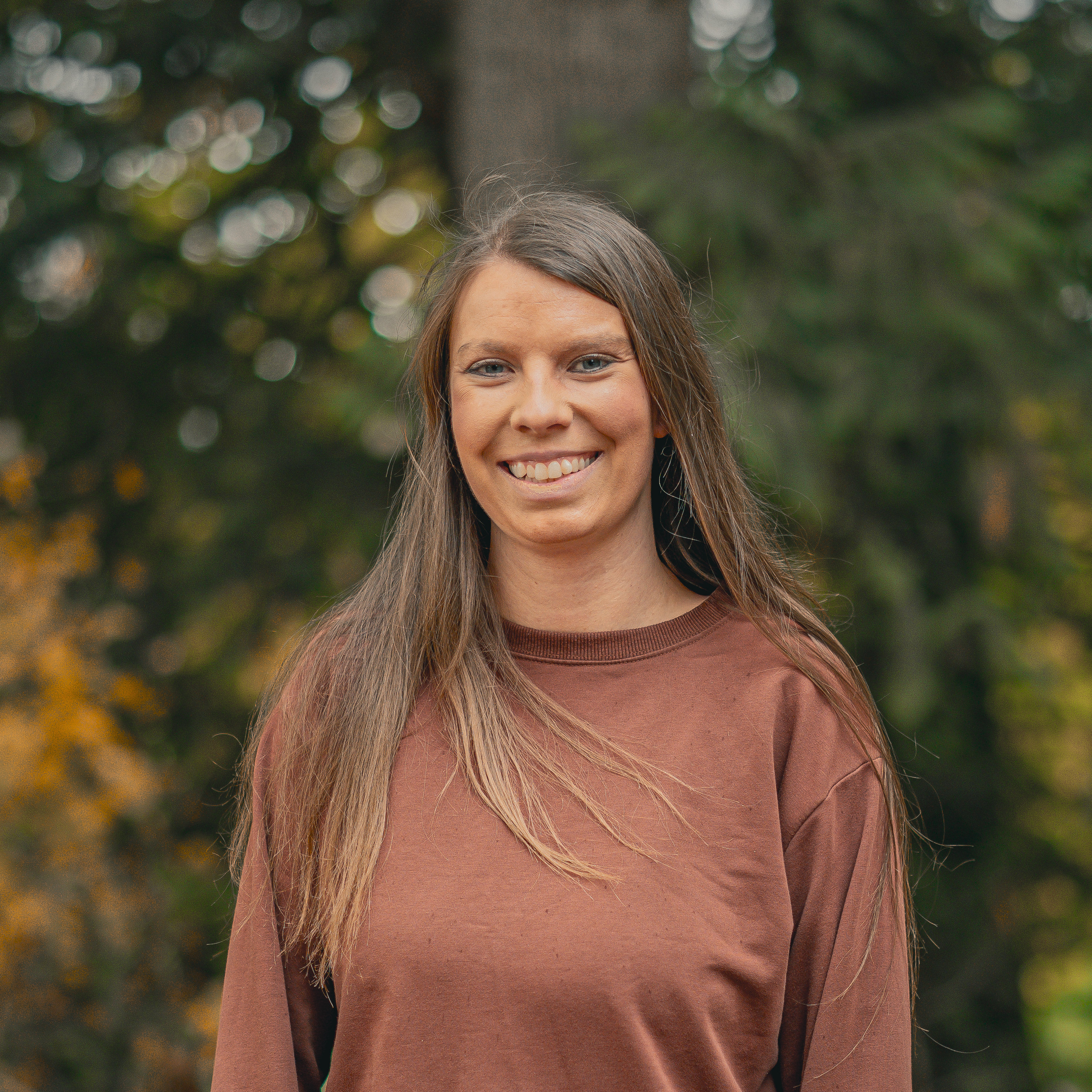
Kierra Schulz
Children's Director
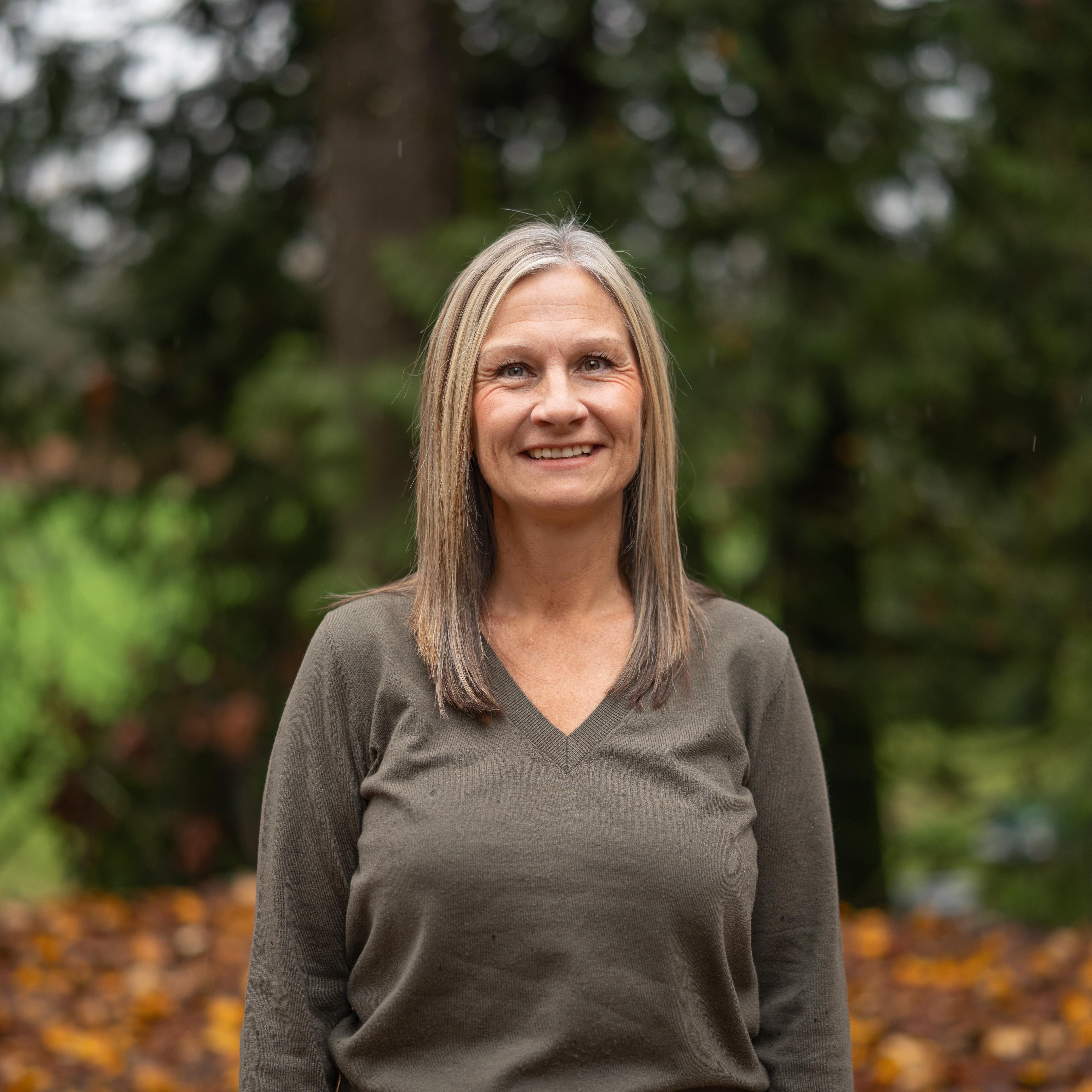
Wendy Heinrichs
CM Admin and Plan for Protection Assistant
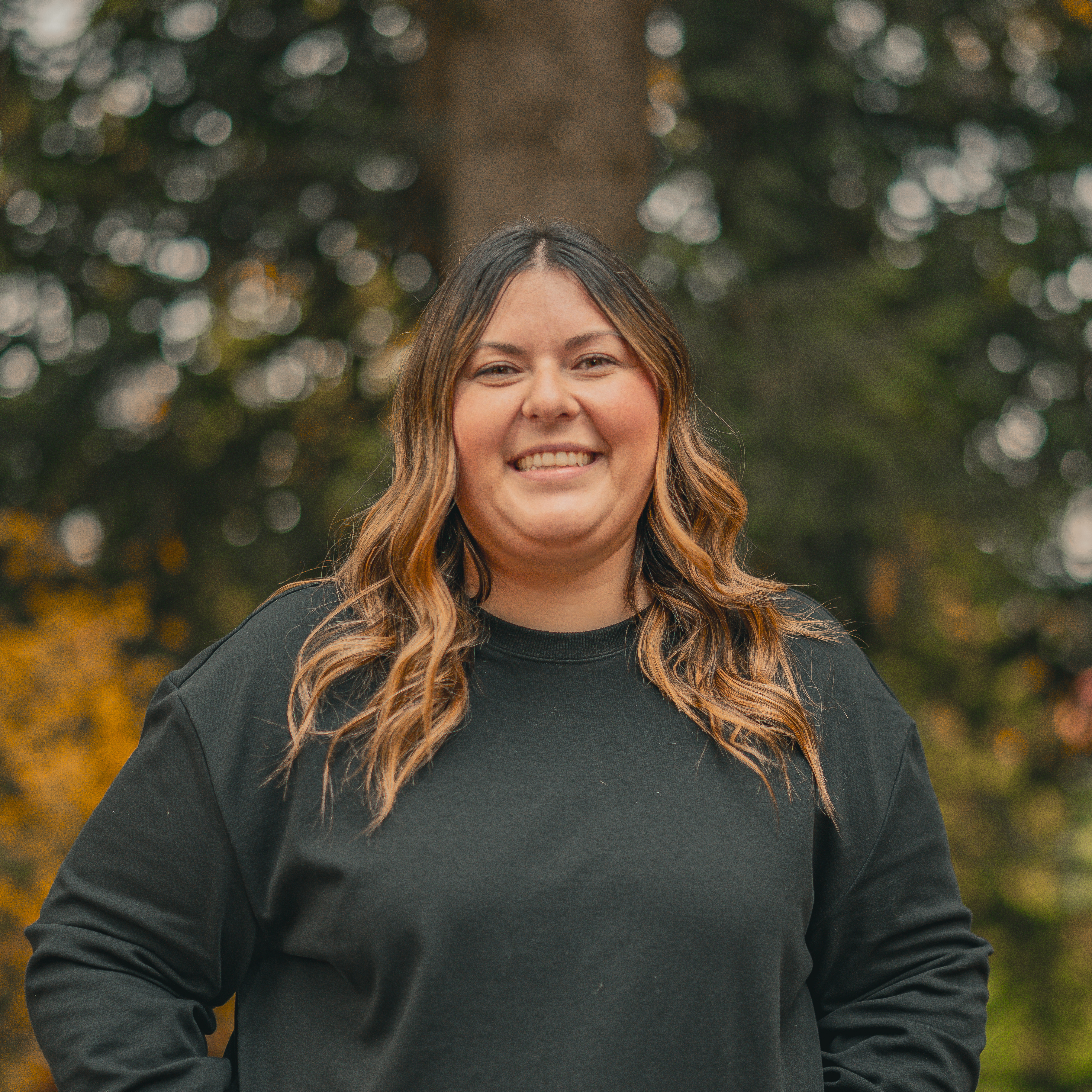
Beckie Coupé
Middle School Youth Pastor

Curtis Junghans
High School Youth Pastor / Worship Pastor
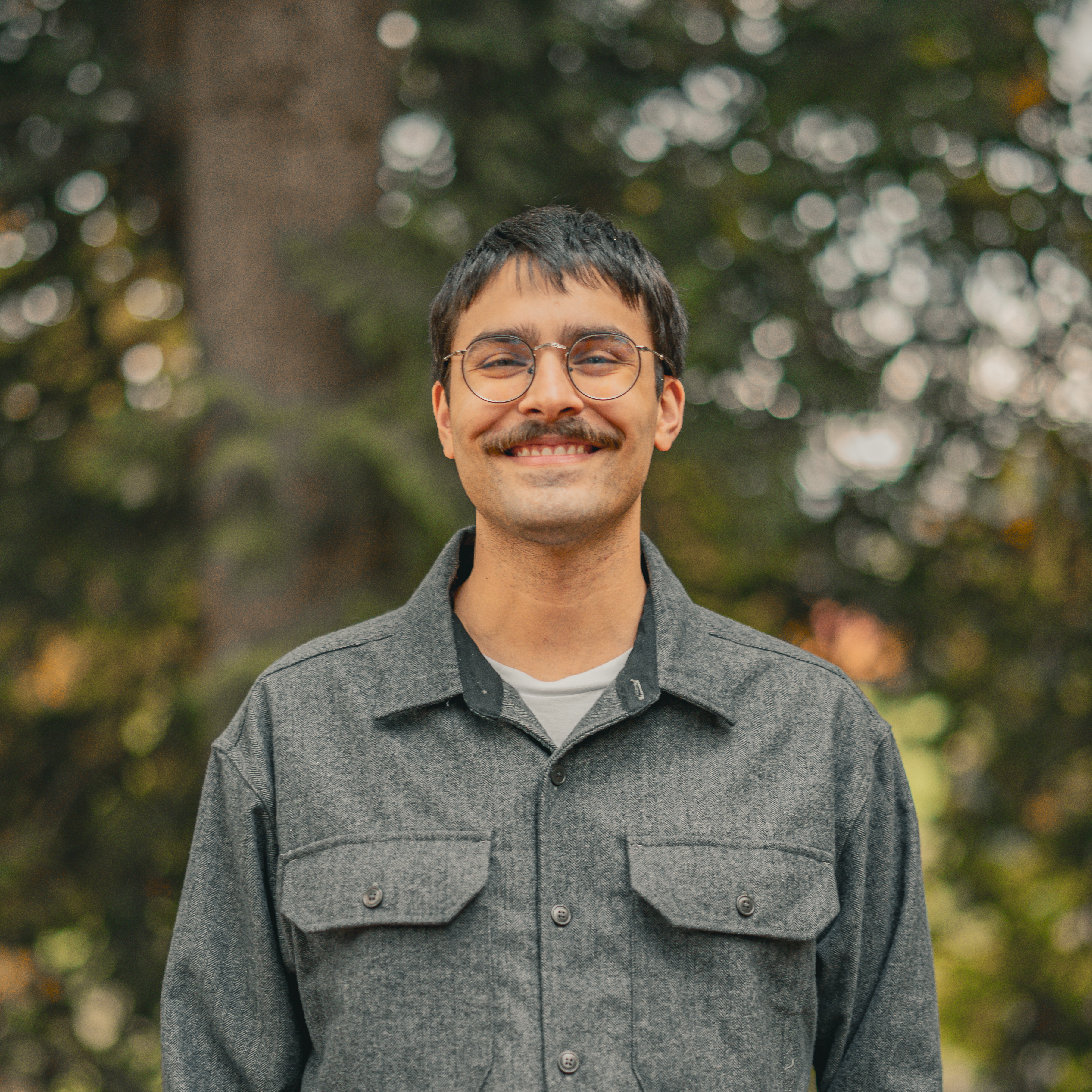
Isaac Downie
Young Adults Pastor

Gabe Rogalsky
Tech Director

Ashley Lucas
Women's Ministry Director

Laurie Purdy
Community Outreach | Bookkeeper
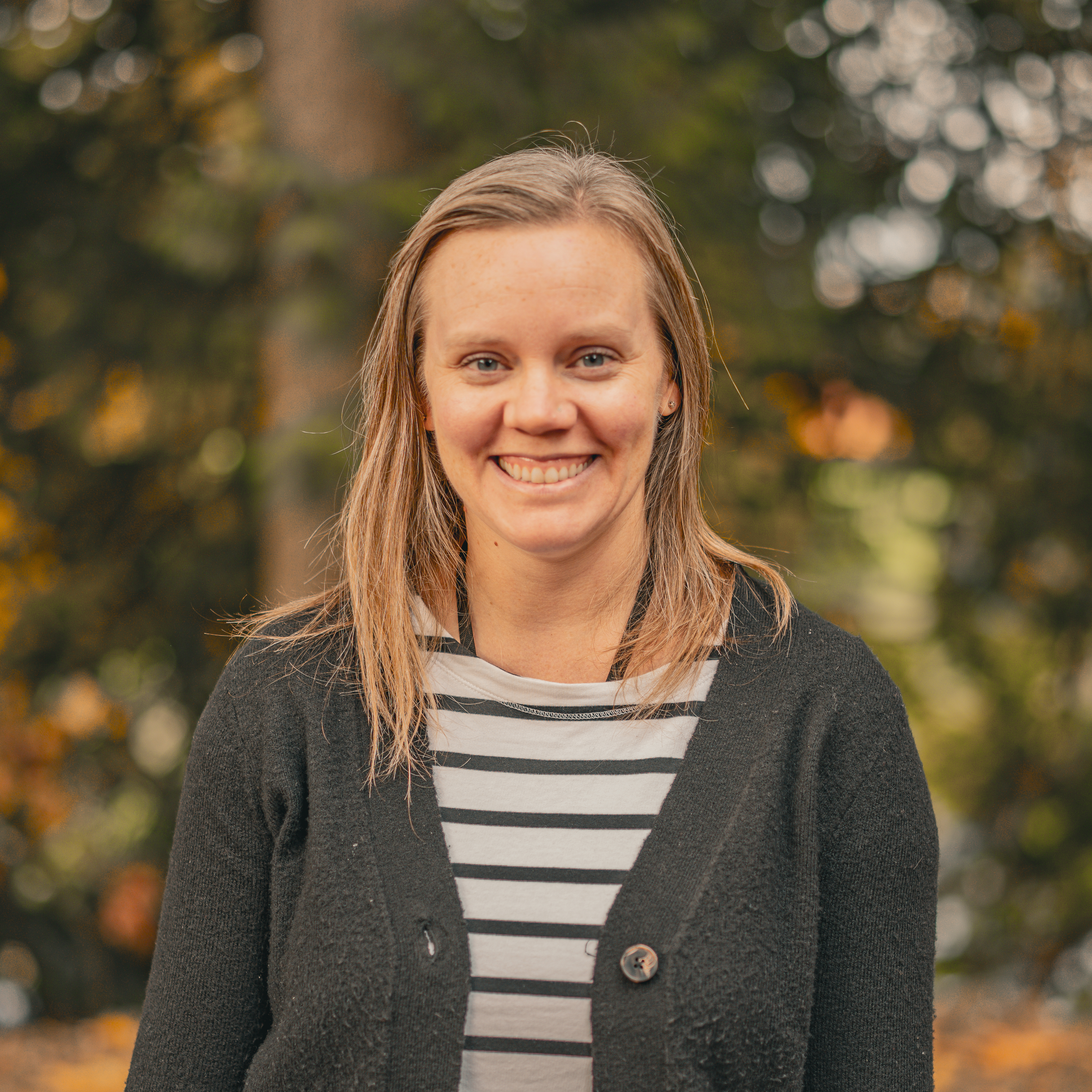
Lesia Harder
Office Administrator
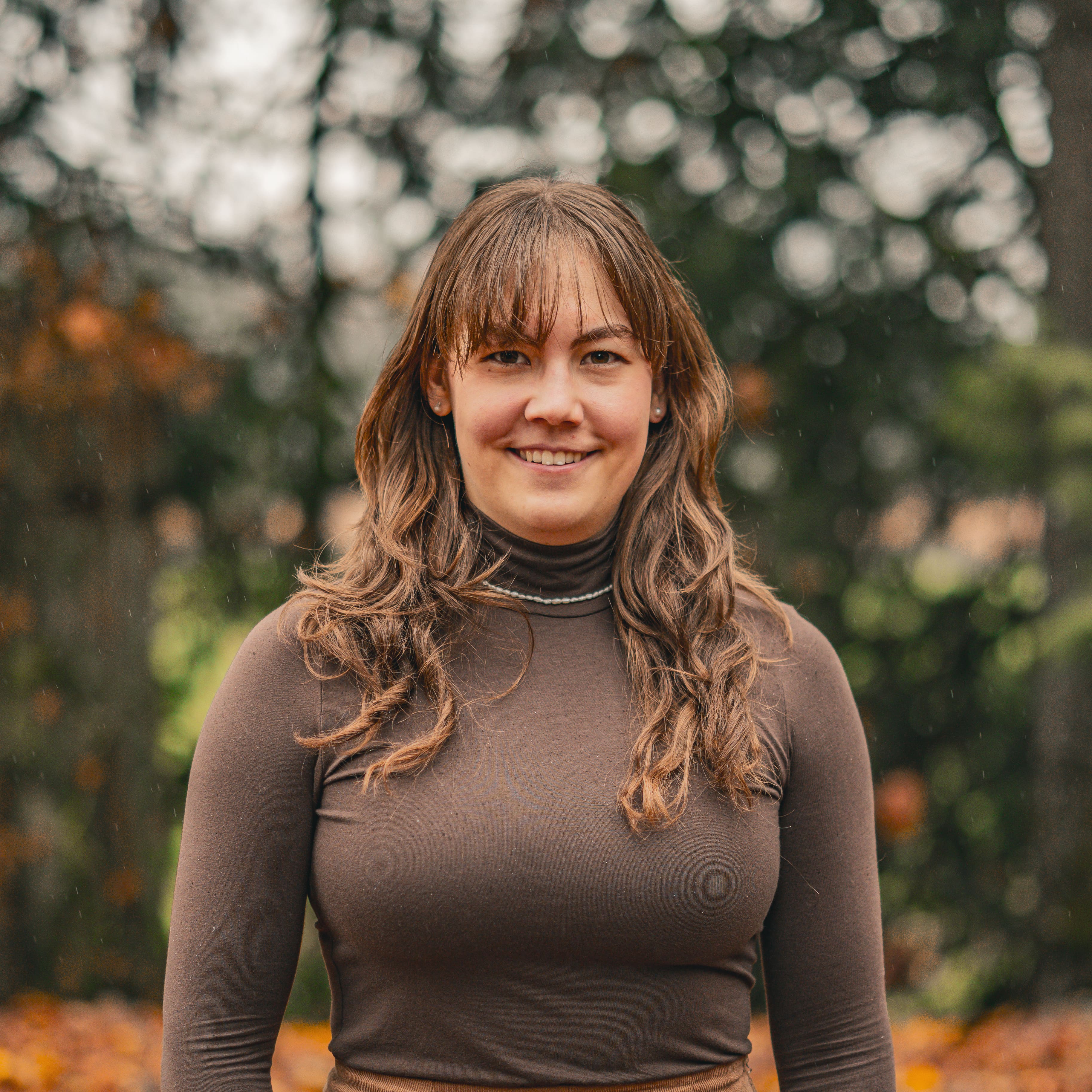
Kyla Takenaka
Mosaic Ministries Coordinator

Elizabeth Albers
Christmas Production
INTERNS
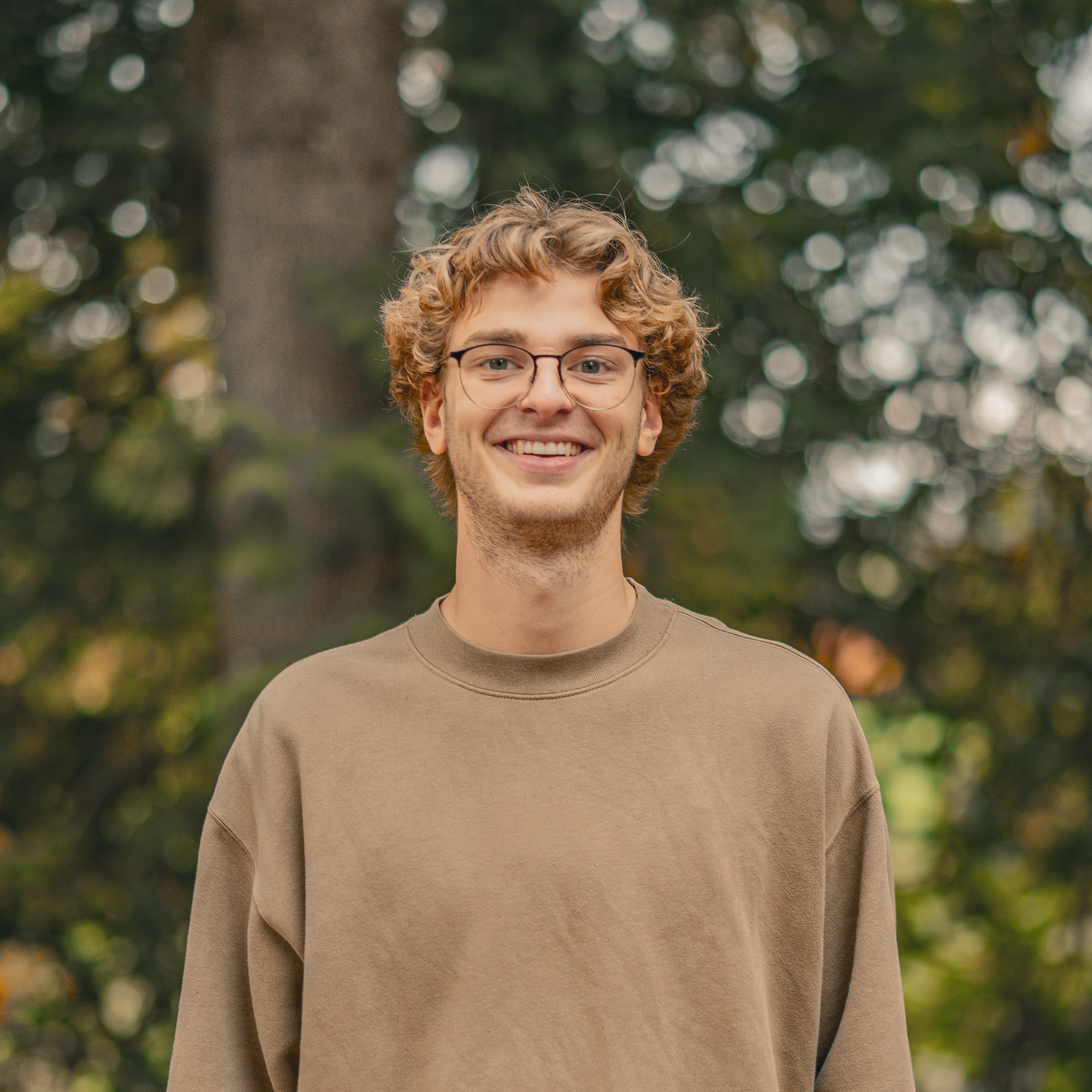
Malachi Malott
High School Youth Intern

Cierra Preston
Worship Intern

Katie Gortson
Young Adults Intern
LEADERSHIP COUNCIL
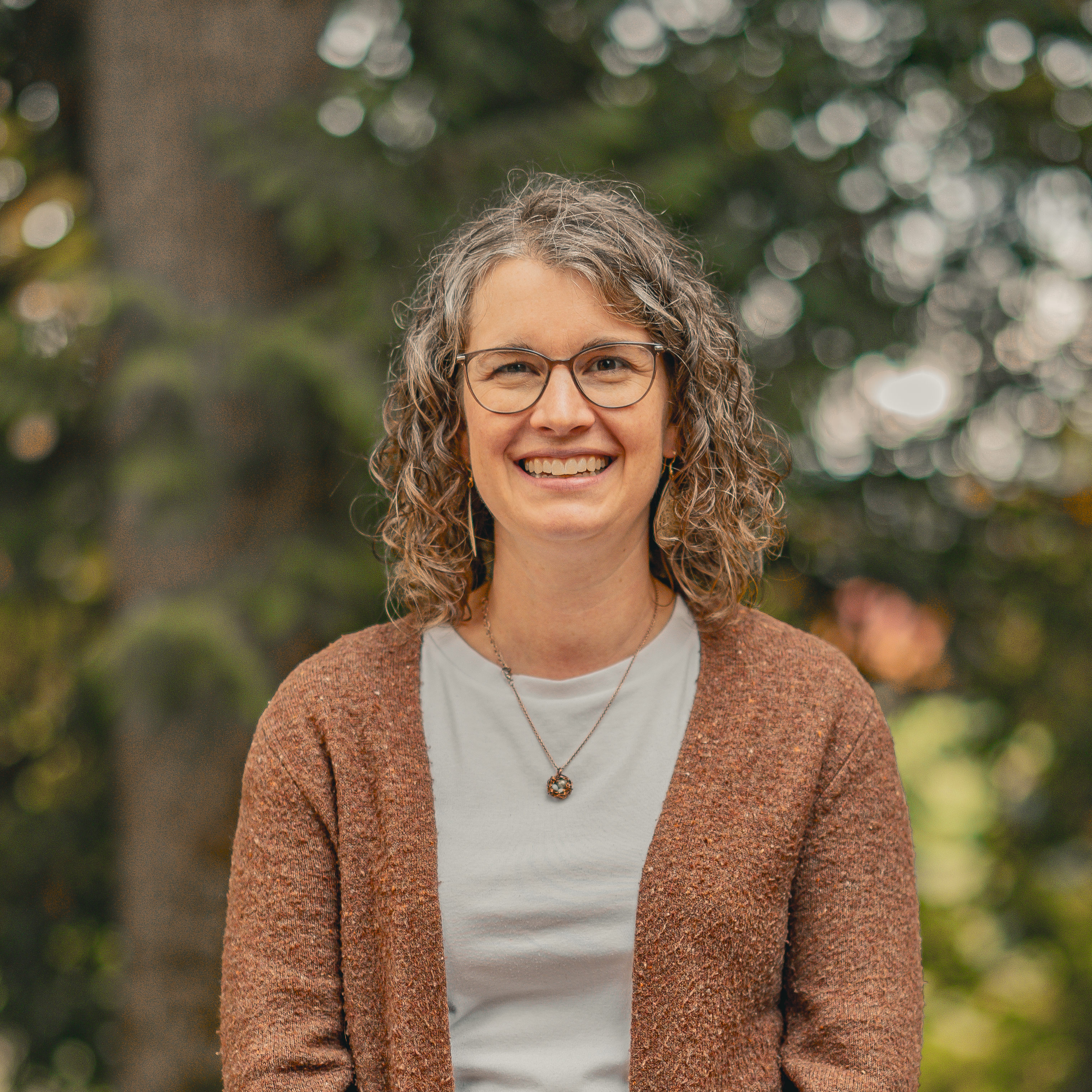
Carmen Schultz
Leadership Council Member
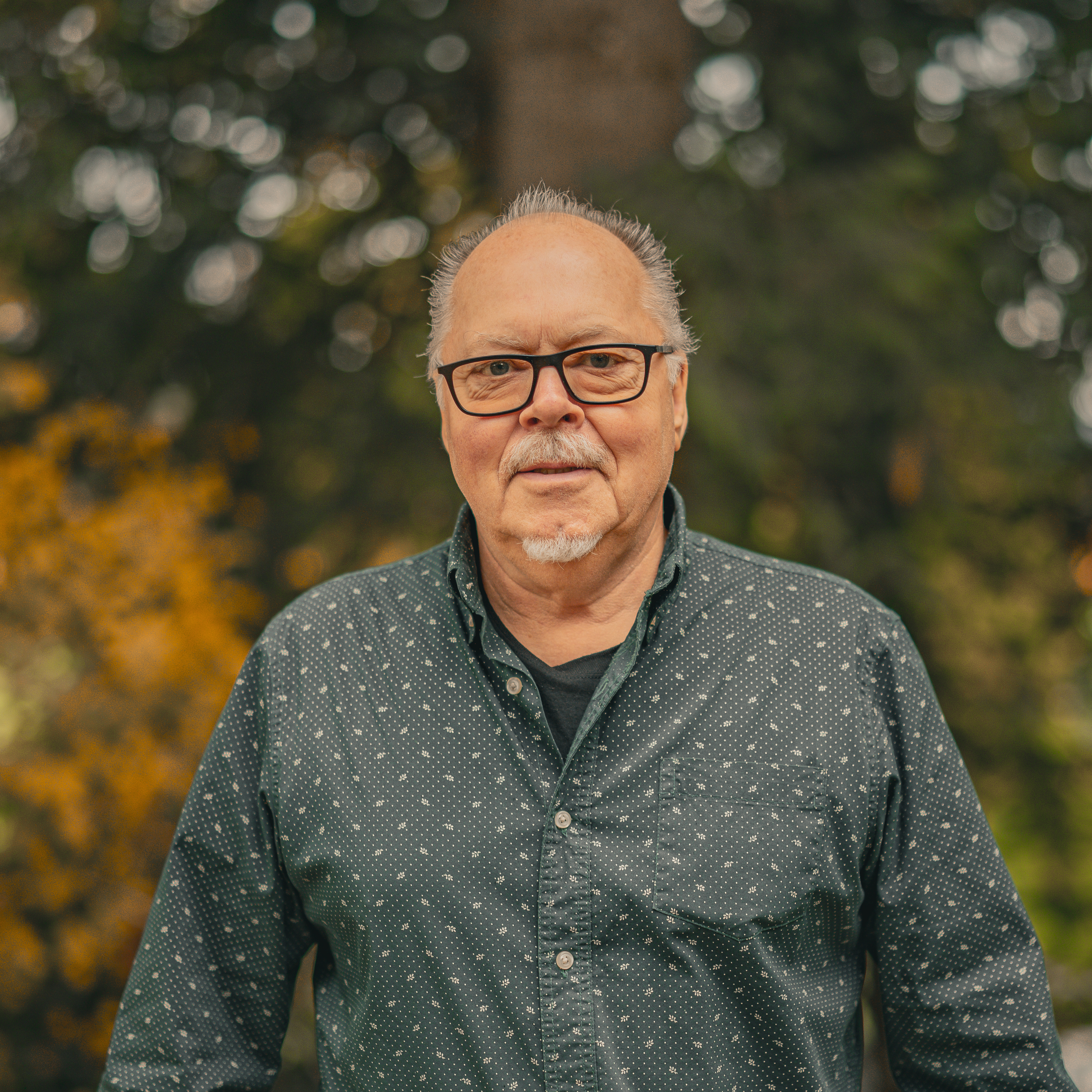
Don Temple
Leadership Council Member
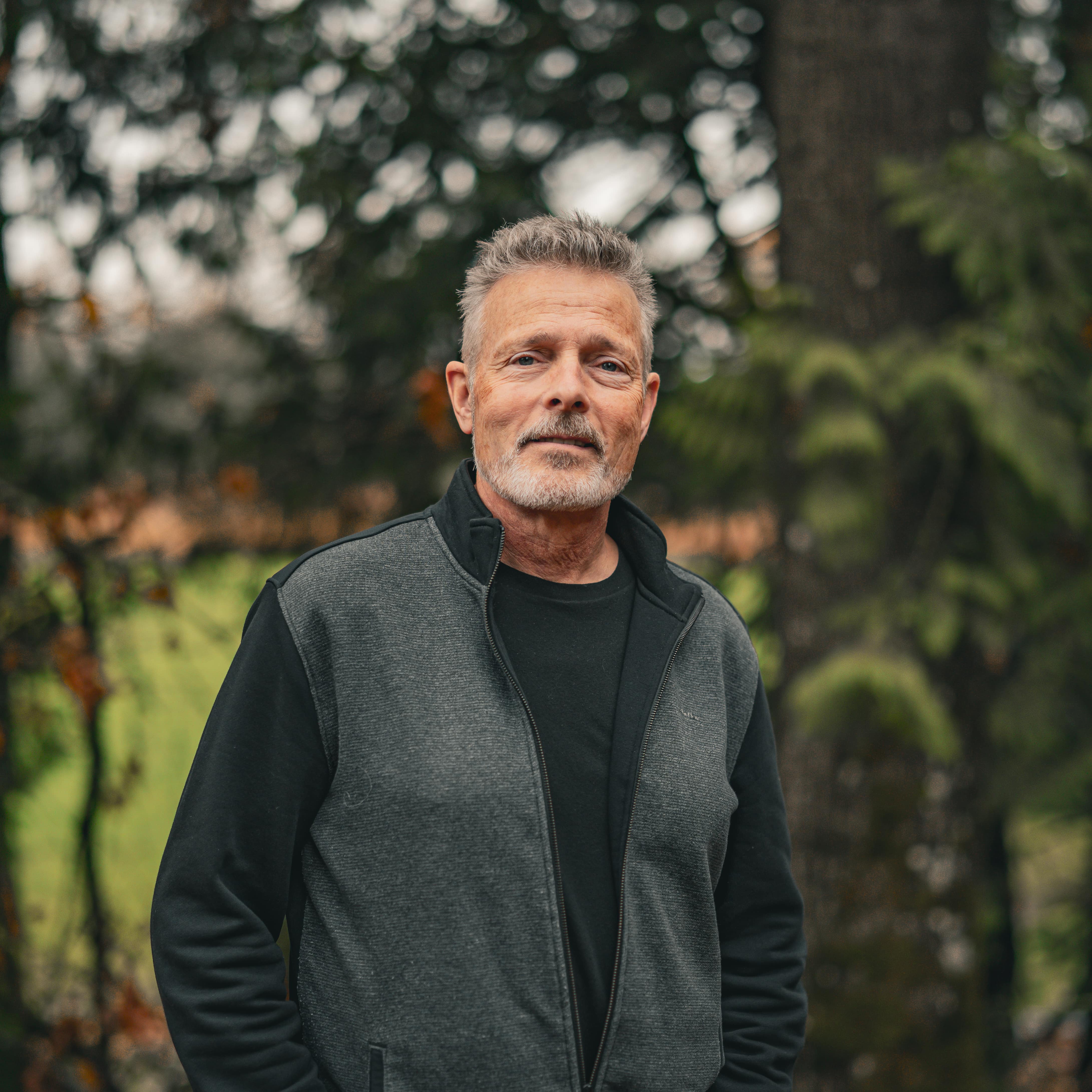
Don Street
Leadership Council Member
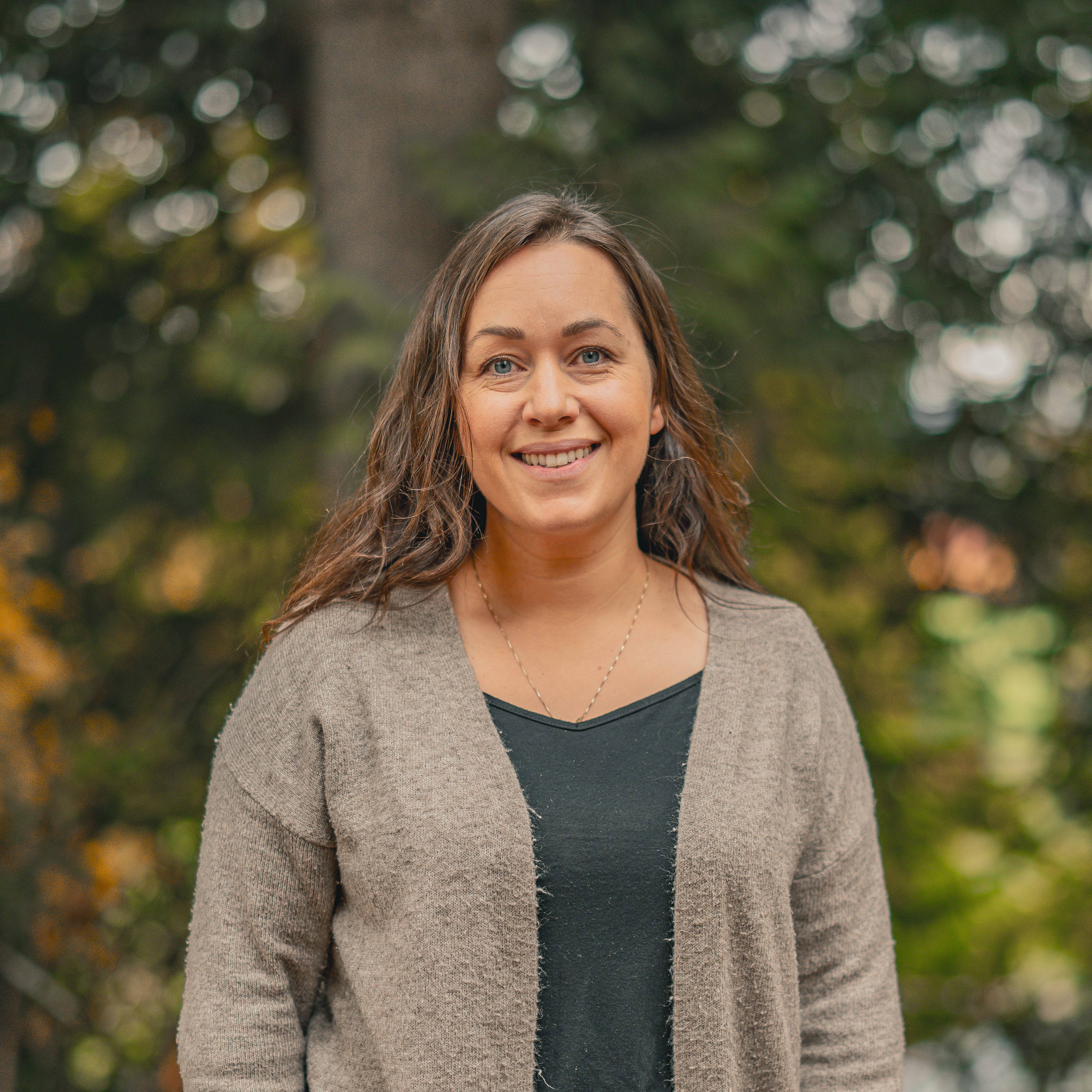
Jannah Dalke
Leadership Council Member

Jon Kruk
Leadership Council Member

Chad Loewen
Leadership Council Member
